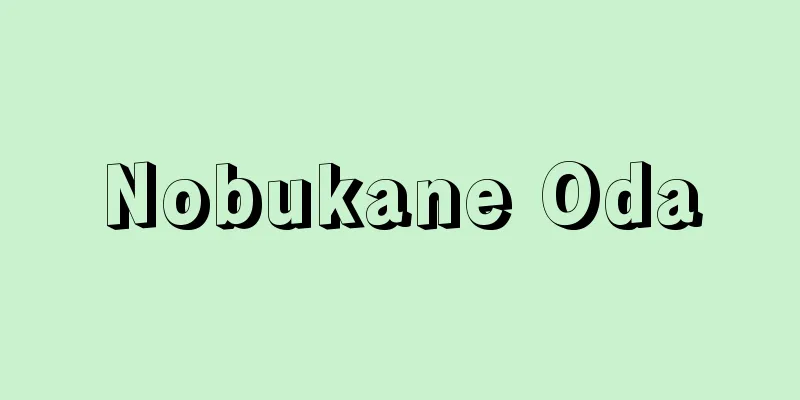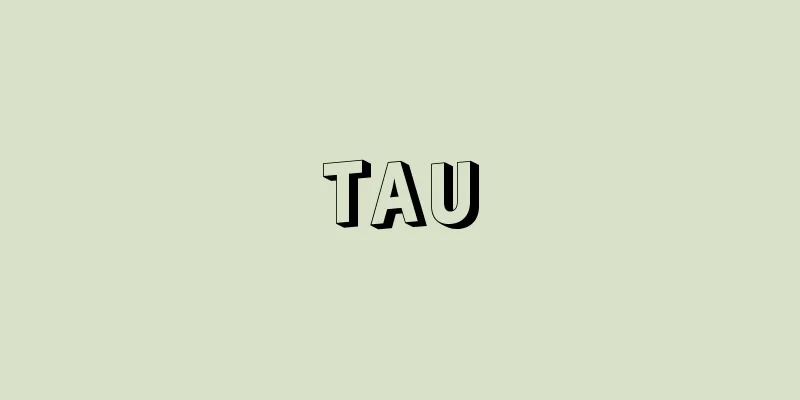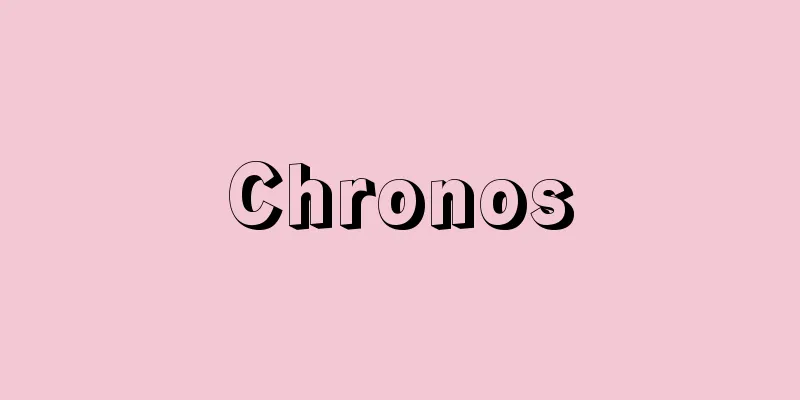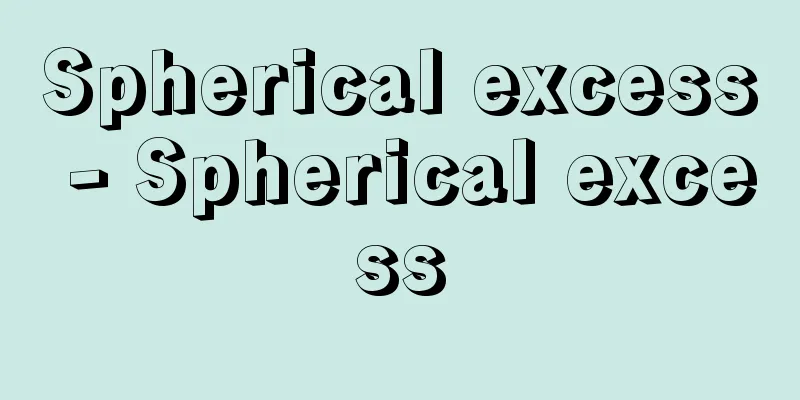Economic circulation
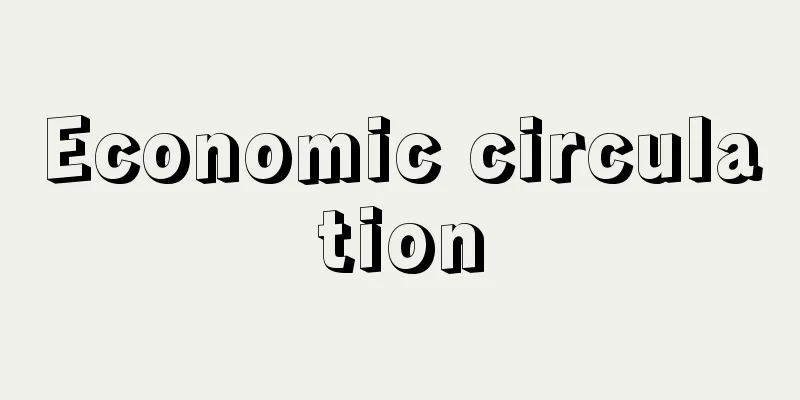
|
It refers to the overall flow of economic activity, including production, distribution, and expenditure. Let's consider an economy consisting of households and companies. Households provide production factors such as labor, capital, and land to companies, and receive income from companies in the form of wages, salaries, interest, dividends, and rent. Households use this income to purchase consumer goods from companies and save the rest. Companies use the production factors they purchase from households to produce consumer goods, investment goods, or intermediate products (raw materials used by companies), and sell consumer goods to households and investment goods and intermediate products to other companies. Companies also borrow household savings to invest and accumulate capital. In this case, the consumption demand determined by individual households does not match the supply of consumer goods produced by individual companies. The role of the goods market is to adjust the two. Similarly, the supply and demand of production factors is adjusted in the production factor market, and savings and investment are adjusted in the asset market. In addition, the economic cycle in macroeconomics classifies economic entities into households, companies, governments, and overseas sectors, and analyzes the economic activities of these economic entities, such as consumption, savings, investment, government spending, exports, and imports. These activities can be viewed from three aspects: production (production value of final products), distribution (wages, profits, rent), and expenditure (consumption, investment, government spending, exports minus imports), but these three aspects are simply different aspects of the same economic cycle, so they are always equal. This is called the "three-sided equivalence." Classical examples of formulating economic cycles include Quesnay's "Economic Table" and Marx's "Reproduction Diagram." Leontief's "Input-Output Table," which is a further development of these, is currently used in many countries to analyze economic cycles. [Koichi Hatanaka] Source: Shogakukan Encyclopedia Nipponica About Encyclopedia Nipponica Information | Legend |
|
生産、分配、支出などの経済活動全体の流れをいう。いま家計と企業とからなる経済を考えてみよう。家計は労働、資本、土地などの生産要素を企業に提供し、企業から賃金、俸給、利子、配当、地代などの所得を得る。家計はこの所得で企業から消費財を購入し、残りを貯蓄する。企業は家計から購入した生産要素を使用して、消費財や投資財、あるいは中間生産物(企業が使用する原材料)を生産し、消費財を家計に、投資財と中間生産物を他企業に販売する。さらに企業は家計の貯蓄を借り入れて投資を行い、資本を蓄積する。この場合、個々の家計で決定した消費需要は個々の企業が生産する消費財の供給とは一致しない。両者を調整するのが財市場の働きである。同様に、生産要素の需給は生産要素市場で、貯蓄と投資の調整は資産市場でなされる。 なお、マクロ経済学における経済循環は、経済主体を家計、企業、政府、海外の各部門に分類し、これらの経済主体が行う消費、貯蓄、投資、政府支出、輸出、輸入などの経済活動を分析する。これらの活動は生産(最終生産物の生産額)、分配(賃金、利潤、地代)、支出(消費、投資、政府支出、輸出マイナス輸入)の三つの側面からみることができるが、この三つの側面は同じ経済循環を別の側面からみているにすぎないので、つねに等しくなる。これを「三面等価」という。 経済循環を表式化した古典的なものにケネーの「経済表」、マルクスの「再生産表式」がある。これをさらに展開させたレオンチェフの「産業連関表」は現在、各国で経済循環の分析に活用されている。 [畑中康一] 出典 小学館 日本大百科全書(ニッポニカ)日本大百科全書(ニッポニカ)について 情報 | 凡例 |
>>: Economic and Social Council
Recommend
Pharyngo-conjunctival fever
…When the lesions reach the cornea, small patchy ...
Aloenin - Aroenin
…The folk medicine Aloe vera was introduced to Ja...
Globodera rostochiensis (English spelling) Globoderarostochiensis
...A general term for nematodes of the Heterodera...
Teresa of Avila (English spelling)
1515‐82 Teresa de Jesús, also known as Teresa the ...
Kinokuniya
One of the stage names of Kabuki actors. Used by S...
Etone - Etone
…and ruled by imperial officials, whose ranks wer...
Ichimousaku - One crop
Cultivation of one type of crop in a paddy field ...
Eurytion - Eurytion
…Father of the hero Achilles. After killing his h...
Black mass
…Only Christian Satanism was established strictly...
IFF - IFF
Identification, friend or foe : A friend or foe id...
Skating - Suketo (English spelling) ice skating
A sport in which skaters skate on ice wearing ska...
Undai
〘Noun〙 ("" is a different character from...
Educational welfare work staff training institute
...Reformatory schools are the successors of refo...
Atergatis floridus (English spelling)
… [Takeda Masatomo]. … *Some of the terminology t...
Inshu paper
Washi paper is produced in Inaba Province (Tottor...
